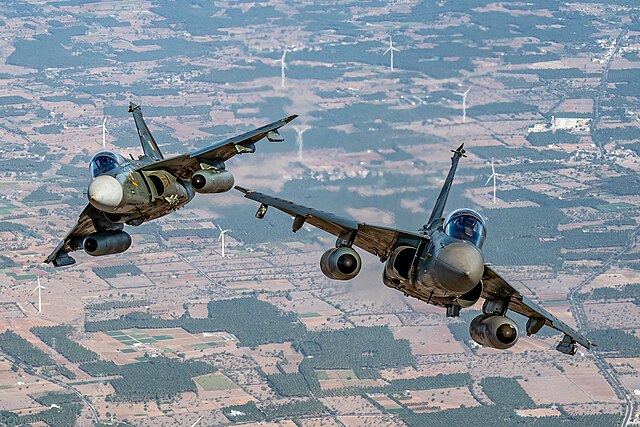AI and Quantum Computing in Indian Military Applications
India is moving from adoption to innovation. Artificial Intelligence (AI) and Quantum Computing are being integrated into the armed forces — from AI-driven ISR to quantum-secure communications — reshaping strategy, operations and defence industry priorities.
AI in the Indian Defence Ecosystem
Artificial Intelligence is no longer a lab experiment — it’s being deployed across surveillance, logistics, cyber defence and decision-support tools. Indian institutions (DRDO, BEL), academic centres, and a growing startup ecosystem are building operational AI capabilities.
Surveillance & Reconnaissance
AI-enabled drones and satellite analytics provide real-time detection of movement, automated target recognition and terrain modelling. Swarm-drone concepts trialed by the Army show promise for area denial and rapid ISR coverage.
Decision Support Systems
Machine-learning powered command platforms help reduce analysis time, fuse multi-source intelligence, and present prioritized options to commanders — turning data into actionable orders faster.
Predictive Maintenance & Logistics
AI models forecast equipment faults (especially aircraft and armoured fleets), enabling condition-based maintenance that increases readiness while lowering lifecycle costs.
Cyber Defence
AI-based anomaly detection is being integrated into critical networks to detect sophisticated intrusions and respond faster than manual monitoring can.
Quantum Computing: The Next Frontier
Quantum research aims to leapfrog classical limits — from secure communications to sensing and cryptanalysis. India’s national initiatives and academic labs are funding quantum R&D with clear defence applications.
Quantum Communication
Quantum Key Distribution (QKD) experiments led by DRDO and academic partners demonstrate secure links that are tamper-evident — ideal for strategic communications between HQs, ships and submarines.
Quantum Radar & Sensing
Research into quantum-enhanced sensing could give India advantages in detecting low-observable platforms and in all-weather surveillance — a potential counter to advanced stealth aircraft.
Cryptography & Post-Quantum Readiness
Quantum algorithms threaten current public-key schemes; India’s National Mission on Quantum Technologies and Applications (NM-QTA) is funding post-quantum cryptography and indigenous countermeasures to future-proof classified systems.
Industrial Initiatives & Collaborations
The defence-industrial base is shifting to a collaborative model: public labs, DPSUs, startups and campuses jointly developing prototypes and testbeds. Key movers include BEL, DRDO, premier academic institutions, and private innovators in Bengaluru and Hyderabad.
- DRDO & BEL: AI command systems, QKD trials and secure comms testbeds.
- Startups: Swarm robotics, ML-powered ISR analytics, and quantum algorithm firms emerging from research parks.
- Academia: IITs, IISc and other centres contributing core research for quantum simulation, error correction, and AI model trustworthiness.
- International ties: Tech exchanges, joint research and secure lab collaboration with friendly partners to accelerate capability development.
Upcoming Projects to Watch
- Army AI-enabled ISR platforms for automated threat classification.
- Navy quantum-secure networks for submarine and fleet communications.
- IAF quantum-enhanced navigation and anti-jamming alternatives to GNSS.
- Tri-service AI war-gaming platforms that model autonomous forces and electronic warfare interactions.
The Strategic Edge
Mastery of AI and quantum technologies will shape deterrence and operational advantage in the Indo-Pacific. India’s path requires speed, focused funding, strong test & evaluation infrastructure, and tight integration between new tech and legacy platforms.
Why this matters: Adversaries are investing heavily in autonomy, sensing and quantum-secure communications. India’s ability to field reliable, indigenous solutions will directly affect strategic stability and battlefield outcomes.
Further reading & internal links
For readers who want deeper context, explore our related DefenceNiti coverage:
- AMCA — India’s 5th Generation Fighter (engine, stealth & systems) — AI and avionics context for next-gen fighters.
- INS Vikrant & BrahMos — Naval power and long-range strike — complements quantum-secure naval comms discussion.
- Indigenous Defence Manufacturing — the industrial base and Make-In-India initiatives enabling AI/quantum adoption.


